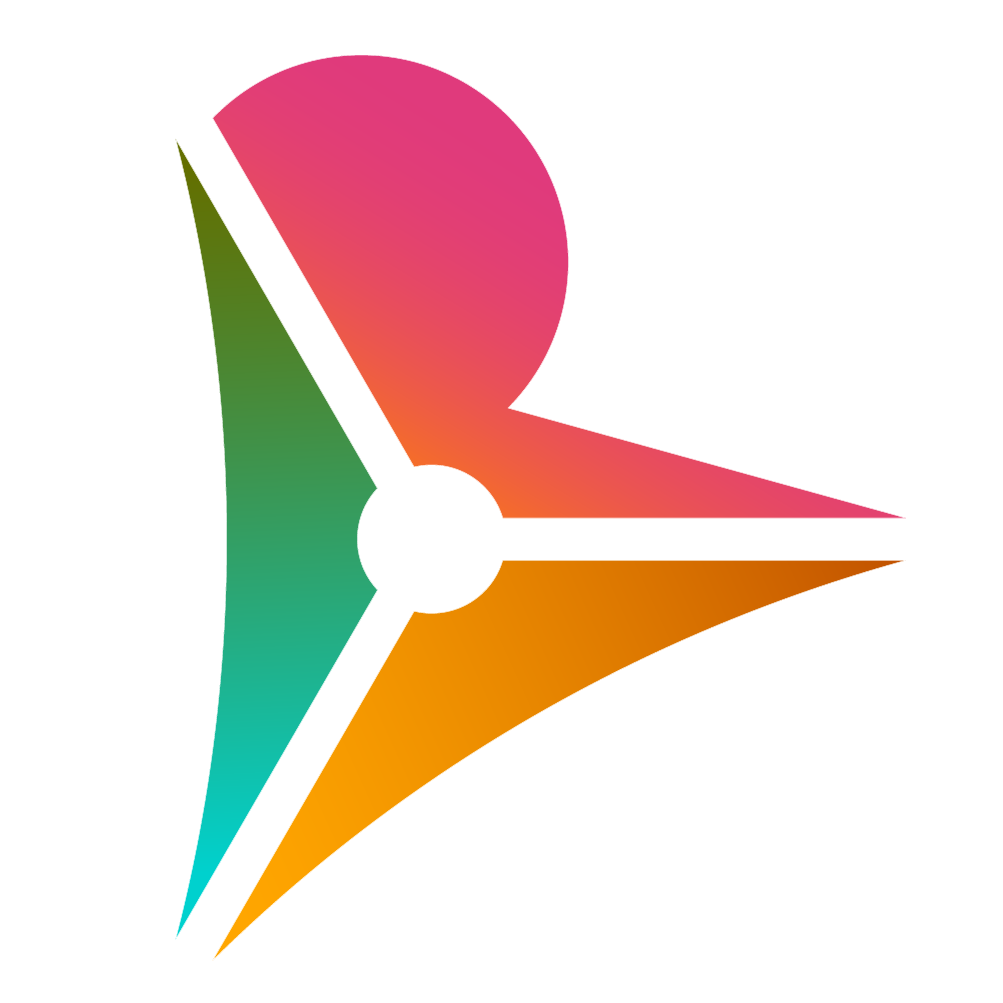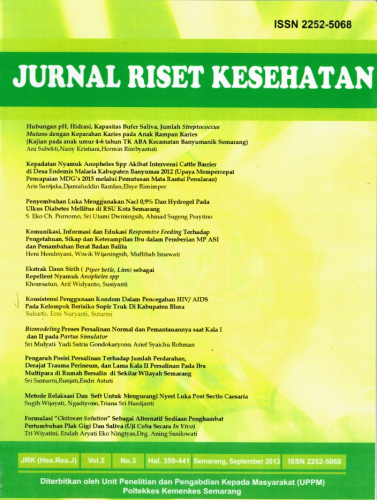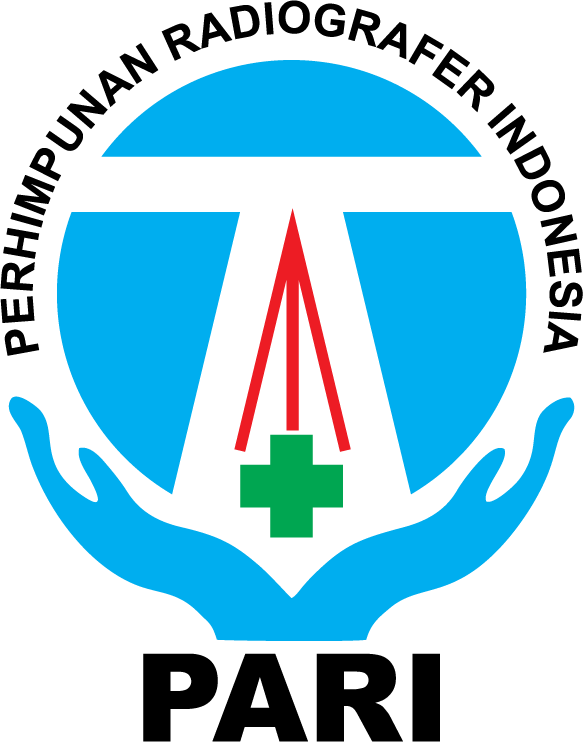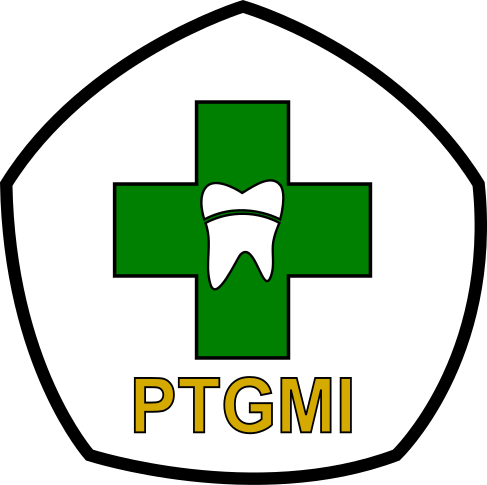FOOD RECALL MOBILE APPLICATION DESIGN AS A MEASURING TOOL FOR INDIVIDUAL AND FAMILY FOOD CONSUMPTION
Abstract
The information technology development has been used to create SITAMARI (daily food record system) that can be used as an assessment that correlates with a daily intake of food or the eating habit of the society that has been designed to be easy to use, efficient, and precise. The goals of this research were to design the SITAMARI application as the learning media of the Food Consumption Survey practice of the nutrition major's students. For now, the SITAMARI application is still in the development stage and thus hasn’t been launched online for a larger audience. This research used the quasi-experimental design of one group pre-test-post-test. Research subjects are 25 3rd-grade Diploma III Nutrition students, aged 18 – 25 years old, who have already understood 24 hours food recall method, and have a well-working Android smartphone. A pre-test questionnaire was given, followed respectively by the treatment and the same questionnaire as the post-test. Lastly, the Likert questionnaires about their perception after using the application were filled out. The statistical analysis using the paired sample t-test showed that t-calculated < t-table with a significant probability value of 0.00 < 0.05. It was concluded that the use of the application is effective in the students' learning. The user satisfaction survey showed the application was attractive in design and easy to use and increased knowledge in Food Consumption Survey. However, the results of the food recall calculation still need to be validated comparatively with the manual food recall format.
Keywords
Full Text:
PDFReferences
Afifuddin. 2013. “Pengembangan Aplikasi Mobile E-Learning Pada Smartphone Berbasis Android.”
Akmal, Helmi, and Heri Susanto. 2018. “EFEKTIVITAS PENGGUNAAN APLIKASI PEMBELAJARAN BERBASIS MOBILE SMARTPHONE SEBAGAI MEDIA PENGENALAN SEJARAH LOKAL MASA REVOLUSI FISIK DI KALIMANTAN SELATAN PADA SISWA SEKOLAH MENENGAH ATAS.” Jurnal HISTORIA 6(2).
Amanda, Devita, Rina Agustina, Nego Linuhung, and Nego_Mtk@yahoo Co Id. 2020. “PENGEMBANGAN MEDIA PEMBELAJARAN BERBASIS ANDROID MENGGUNAKAN ANDROID STUDIO PADA MATERI TURUNAN.” EMTEKA : Jurnal Pendidikan Matematika 1(1):46–53.
Citra Palupi, Khairizka, Anggita Anggraini, Mertien Sa’pang, and Mury Kuswari. 2022. “PENGARUH EDUKASI GIZI ‘EMPIRE’ TERHADAP KUALITAS DIET DAN AKTIVITAS FISIK PADA WANITA DENGAN GIZI LEBIH.” 11(1):62–73.
Eldridge, Alison L., Carmen Piernas, Anne-Kathrin Illner, Michael J. Gibney, Mirjana A. Gurinović, Jeanne H. M. de Vries, and Janet E. Cade. 2018. “Evaluation of New Technology-Based Tools for Dietary Intake Assessment-An ILSI Europe Dietary Intake and Exposure Task Force Evaluation.” Nutrients 11(1).
FAO. 2018. Dietari Assessment A Resource Guide to Method Selection and Application in Low Resource Setting. Rome.
Kementerian Kesehatan RI. 2019. PERATURAN MENTERI KESEHATAN REPUBLIK INDONESIA. Jakarta: Kementerian Kesehatan RI.
Kementerian Kesehatan, Terbitan RI, Ind RI Indonesia Kementerian Kesehatan Direktorat Jenderal Kesehatan Masyarakat Tabel Komposisi Pangan Indonesia, and Kementerian RI Kesehatan. 2018. Tabel Komposisi Pangan Indonesia.
Kurniawan, David. 2020. “[100% Mudah] Cara Membuat Aplikasi Android Terlengkap! .” Niagahoster.
Muflih, Hamzah, and W. .. Puniawan. 2017. “Penggunaan Smartphone Dan Interaksi Sosial Pada Remaja Di SMA Negeri 1 Kalasan Sleman Yogyakarta.” Idea Nursing Journal.
Par’i, Holil M., Sugeng Wiyono, and Titus Priyo Harjatmo. 2017. Buku Ajar Penilaian Status Gizi. Badan PPSDM Kesehatan RI.
Purwanto. 2018. Teknik Penyusunan Instrumen : Uji Validitas Dan Reliabilitas Untuk Penelitian Ekonomi Syariah. 1st ed. edited by A. Saifudin. Magelang: Staia Press.
Sasmito, Ginanjar Wiro. 2017. “Penerapan Metode Waterfall Pada Desain Sistem Informasi Geografis Industri Kabupaten Tegal.” Jurnal Informatika : Jurnal Pengembangan IT 2(1).
Sirajuddin, Surmita, and Trina Astuti. 2018. Buku Ajar Survey Konsumsi Pangan.
Sugiyono. 2021. Metode Penelitian Kuantitatif Kualitatif Dan R&D. 3rd ed. Bandung: Penerbit Alfabeta.
Surmita, Surmita, Widartika Widartika, and Mona Fitria. 2019. “Penggunaan Aplikasi Berbasis Android ‘Food Digital Map’ Untuk Panduan Konsumsi Makanan Pada Remaja.” Indonesian Journal of Human Nutrition 6(2):62–69.
Utami, Ni Wayan Arya. 2016. Modul Survei Konsumsi Makanan 2016. Denpasar: Program Studi Kesehatan Masyarakat, Fakultas Kedokteran, Universitas Udayana.
Wellard-Cole, Lyndal, Juliana Chen, Alyse Davies, Adele Wong, Sharon Huynh, Anna Rangan, and Margaret Allman-Farinelli. 2019. “Relative Validity of the Eat and Track (EaT) Smartphone App for Collection of Dietary Intake Data in 18-to-30-Year Olds.” Nutrients 11(3).
DOI: https://doi.org/10.31983/jrk.v11i1.8454
Article Metrics
Refbacks
- There are currently no refbacks.
Copyright (c) 2022 Jurnal Riset Kesehatan




















































